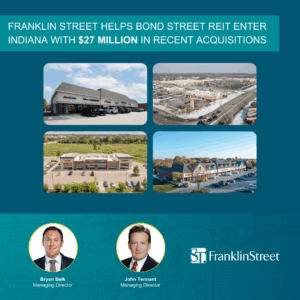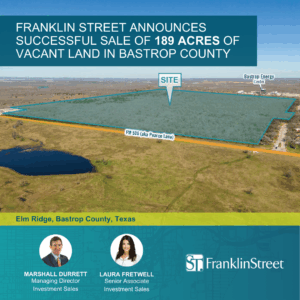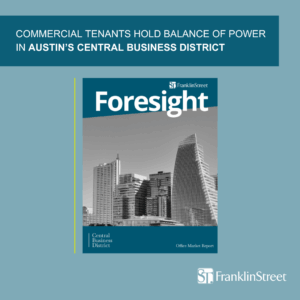Predicting 2015’s Lending Environment
Will the lending environment change in 2015? And, if so, how will that impact commercial real estate investment strategies? Muller expects to see continued grwoth in CMBS activity and continued movement based on relationship-lending to borrowers with successful track records.
“Developers with no track records will continue to struggle in finding debt in most markets without stabilized assets,” Muller says. “Spec development will return to a small extent but most of these projects will be primarily equity financed with little or no debt.”
Robert Vahradian, senior managing director of New York-based real estate firm GTIS Partners, is zeroing in on the relationship aspect of the capital markets in 2015. In a joint venture with Eastview Development, his firm recently secured a $120-million construction loan for Biscayne Beach, a luxury condo project in Downtown Miami. “Construction financing is increasing overall, but lenders are still being selective and are financing only strong developers with good projects,” he says. “Also, in this cycle, we are seeing more alternative lenders like finance companies rather than traditional money center banks.”
In 2015, Greg Matus, regional managing partner at Franklin Street, expects to see a lot of the mid-sized to large commercial real estate deals take place, primarily because a lot more debt will be available to investors. He boldly declares, “2015 will be the year that CMBS and non-recourse financing explodes” because investors have been backfilling space over the past few years in an improving economy. That has led to higher occupancy rates.
“As a result, they have grown significant equity in their assets,” Matus says. “Now, these investors are in a position to take equity out, as buyers can secure non-recourse loans at favorable rates. I think we’ll start approaching the same level of trades that we did prior to the market crash in ’08 in all asset classes, with significant growth in multi-tenant retail business.”



